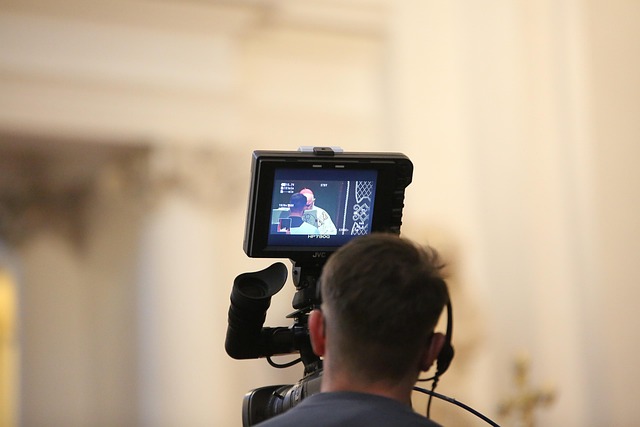
The Power of Listening: Science, Technology, and Workplace Culture
In today’s fast-paced world, where emails ping, notifications buzz, and meetings are often more about presenting than connecting, the essential skill of the art of listening can sometimes be overshadowed. Yet, understanding the profound impact of listening—backed by science and influenced by technology—can transform workplace culture and enhance communication dynamics.
From a scientific perspective, listening is not just about hearing words; it is a multi-faceted skill involving cognitive processing, emotional intelligence, and empathy. Research suggests that effective listening fosters better understanding, promotes problem-solving, and can even enhance our emotional health. When we genuinely listen, we validate others’ feelings and create a connection that can reduce stress and foster a sense of belonging. This aspect takes a central stage in the workplace, where over 60% of employees report feeling unheard, resulting in decreased job satisfaction and increased turnover. Imagine the empowerment that could arise from a culture that prioritizes the art of listening!
Technological advancements have provided tools designed to facilitate communication, but they can also create barriers if we forget the essence of genuine listening. Video conferencing tools, emails, and messaging apps serve as essential mediums to connect, yet they must be complemented by a commitment to attentive listening. This means not just waiting for our turn to speak but being present, asking clarifying questions, and reflecting on what our colleagues are sharing. Through technology, we can leverage features that promote engagement—the “raise hand” option during meetings or the ability to record sessions for later review—but these tools should enhance our ability to listen, not replace it.
Workplace culture plays a pivotal role in determining how listening is perceived and practiced. In environments where feedback is encouraged and diverse viewpoints are valued, the benefits of the art of listening flourish. This culture shifts the focus from hierarchical communication to collaborative dialogue, where every voice matters. Companies that invest in training programs on active listening often see increased innovation and improved team dynamics. Employees feel heard, and, in turn, they are more likely to contribute ideas and solutions, sparking creativity and collaboration.
Moreover, leaders set the tone for this cultural shift by modeling active listening themselves. It’s crucial for managers to not only listen to the concerns and ideas of their team members but also to provide them with opportunities to express their thoughts openly. Regular check-ins, feedback sessions, and open-door policies create a safe space for communication. When leaders listen well, they cultivate trust and loyalty, paving the way for a harmonious workplace.
Incorporating regular practices that promote the art of listening can transform team interactions. Simple techniques such as summarizing key points from conversations, practicing mindfulness during discussions, and showing genuine interest in colleagues’ perspectives can make a significant difference. These actions help reinforce a culture of respect and recognition, allowing every team member to feel valued and appreciated.
As we move further into an era dominated by technology, let’s not forget the irreplaceable value of human connection. The art of listening goes beyond mere auditory perception; it encompasses understanding, engaging, and valuing the communicative exchanges that shape our professional lives. Embracing this can lead to a transformative workplace culture where everyone—regardless of their title or office location—feels empowered to share and contribute.
In summary, by prioritizing the art of listening in our organizations, we can not only enhance individual relationships but also foster a collaborative atmosphere that drives collective success. Let’s commit to developing this vital skill and ensure that we are not just hearing but actively listening to one another.



